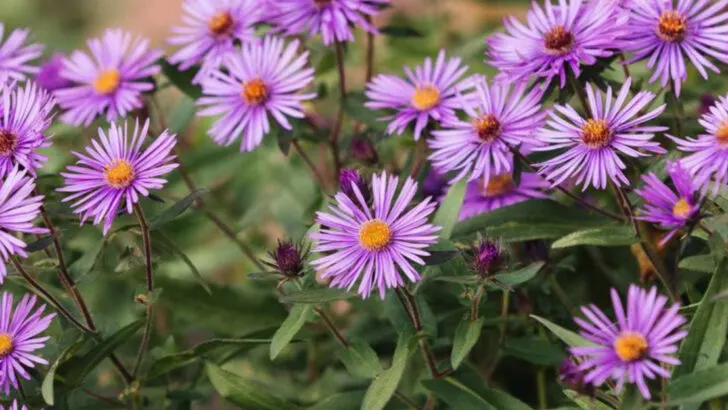Long before garden centers and online seed catalogs, Native American communities cultivated gardens filled with plants that nourished, healed, and sustained entire nations. These weren’t trendy ornamentals or imported varieties—they were resilient, multifunctional, and perfectly adapted to the local environment. Today, many of these plants remain underappreciated, even though they’re packed with nutritional, ecological, and cultural value.
Some were used as medicines, others as food staples, and many played a role in spiritual and ceremonial life. But they weren’t just planted—they were respected. Native gardeners knew how to work with the land, not against it, cultivating in harmony with nature rather than forcing it to obey. That wisdom has largely been forgotten in modern landscaping, but these plants still have so much to offer: drought resistance, pollinator support, natural pest control, and deep-rooted beauty.
Whether you’re looking to grow more sustainably, reconnect with ancestral knowledge, or simply add plants with real purpose to your garden, these 16 Native American plants are worth rediscovering. They’ve been thriving on this continent for centuries—and they’re exactly what many modern gardens are missing.
Eastern Redbud
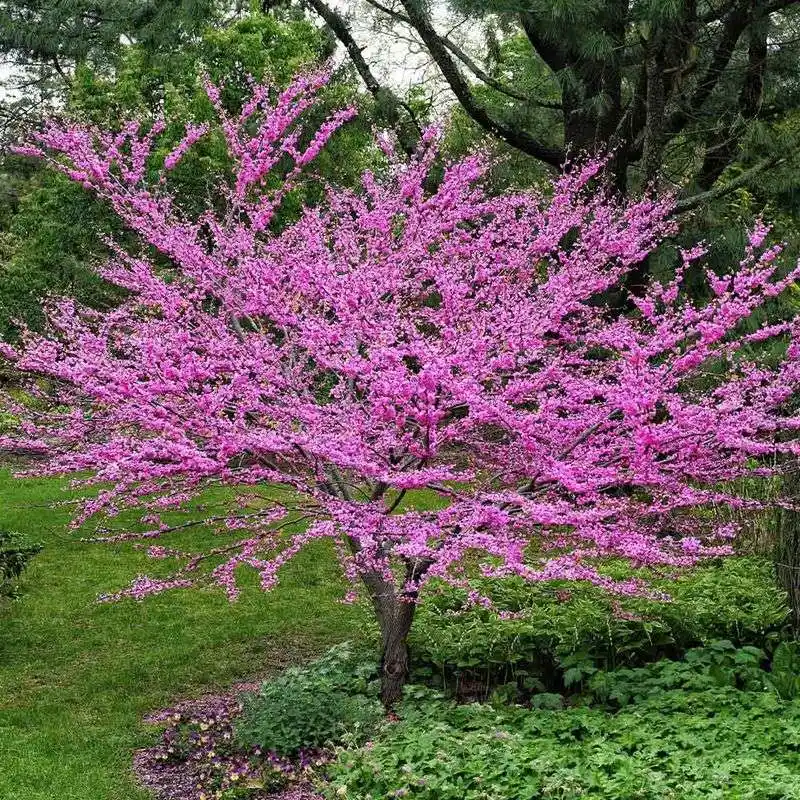
The Eastern Redbud tree, with its striking pink blossoms, heralds the arrival of spring like no other. This small deciduous tree thrives in a variety of soils, making it an adaptable choice for diverse garden settings. In addition to its beauty, the tree’s heart-shaped leaves offer a lush canopy in the summer months. Historically, Native American tribes used its bark for medicinal purposes, adding a layer of cultural significance.
Purple Coneflower
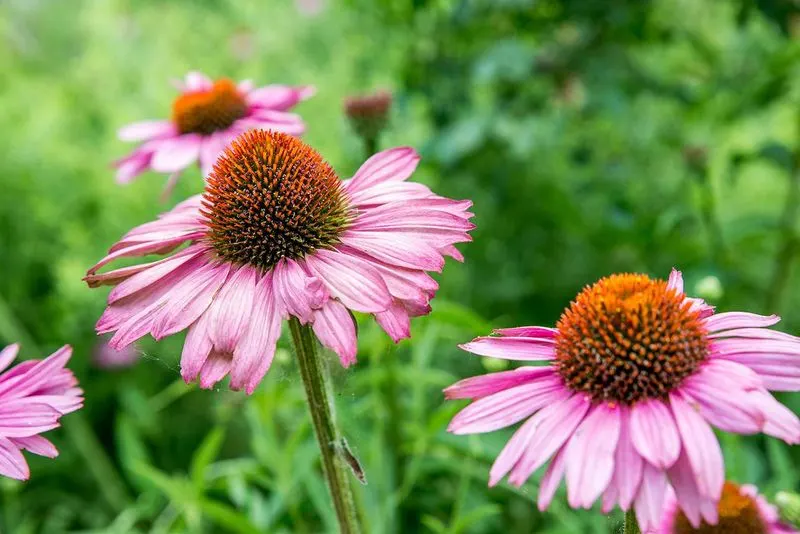
Purple Coneflower, known for its vibrant magenta petals and orange centers, attracts pollinators like bees and butterflies. This hardy perennial thrives in sunny garden spots and poor soil, bringing beauty and biodiversity. Its historical use by Native Americans in herbal remedies highlights its multipurpose nature, blending aesthetics with traditional wisdom.
American Holly
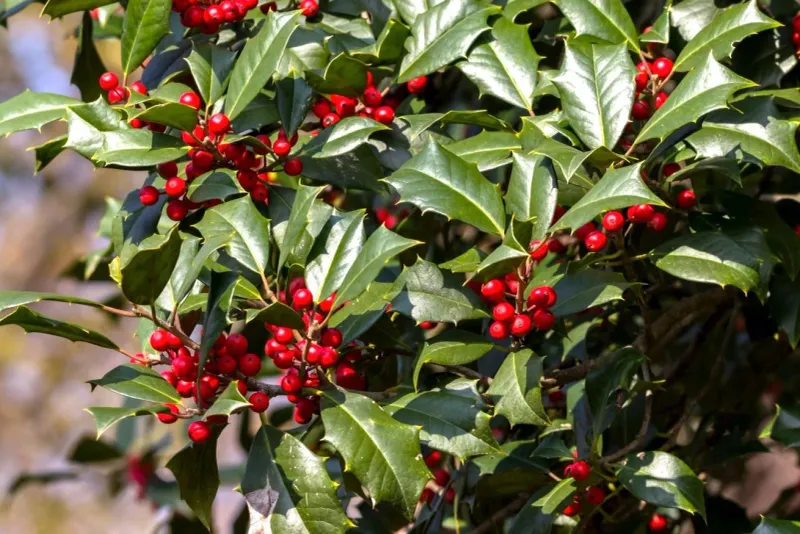
American Holly adds an evergreen charm to gardens with its glossy leaves and bright red berries. Valued for its winter resilience, it stands out as a festive feature during colder months. This plant has been cherished for its ornamental appeal and practical uses by Native tribes, who crafted tools from its wood and used its berries in traditional medicine.
Wild Bergamot
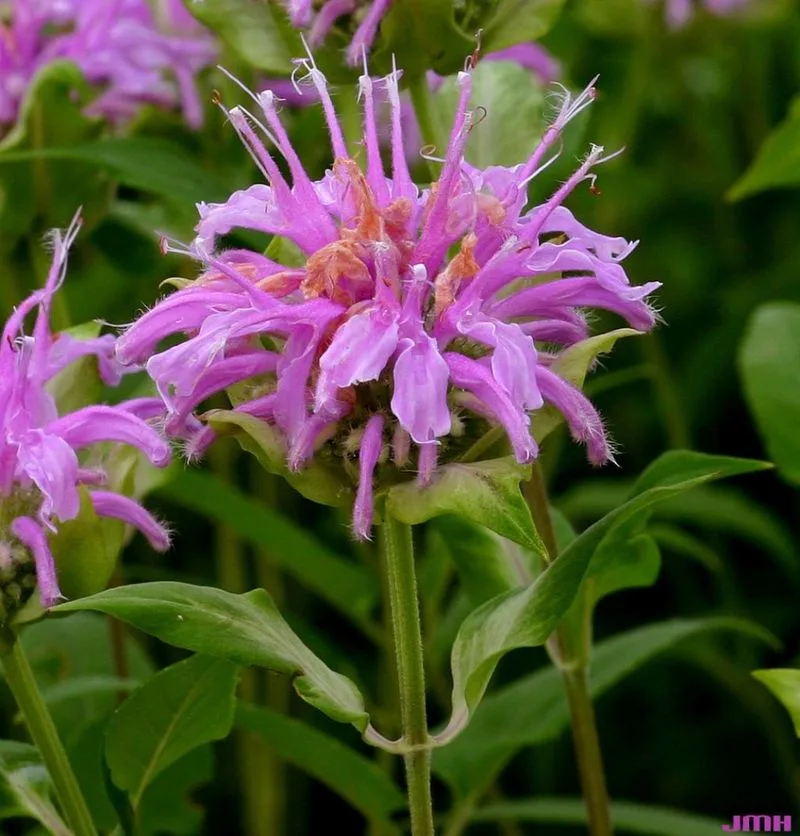
Wild Bergamot, with its uniquely shaped lavender flowers, offers a delightful fragrance and a splash of color. As a member of the mint family, this plant is not only visually appealing but also attracts hummingbirds and bees. Native Americans valued it for its medicinal properties, using it to treat various ailments and infuse herbal teas.
Black-eyed Susan
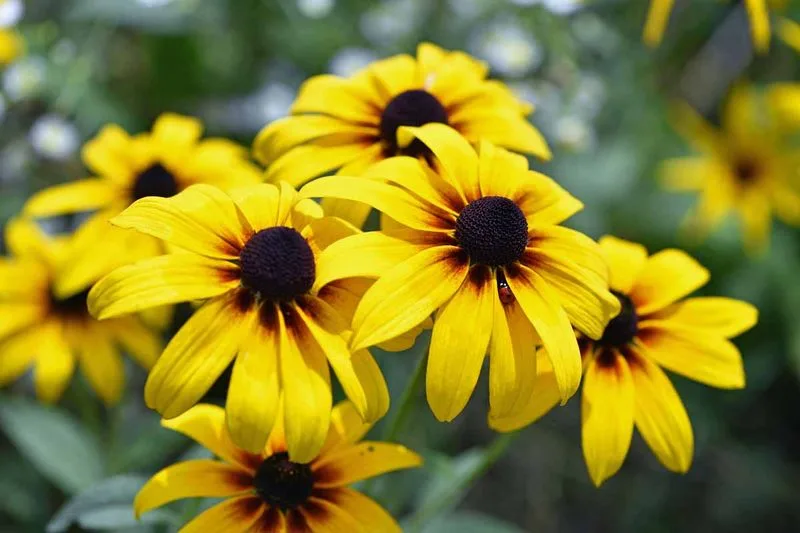
With their cheerful yellow petals surrounding dark brown centers, Black-eyed Susans are a garden favorite. They thrive in sunny areas and are incredibly easy to grow, spreading joy wherever they’re planted. Native Americans once used this plant for its therapeutic properties, incorporating it into remedies for colds and infections.
Yarrow
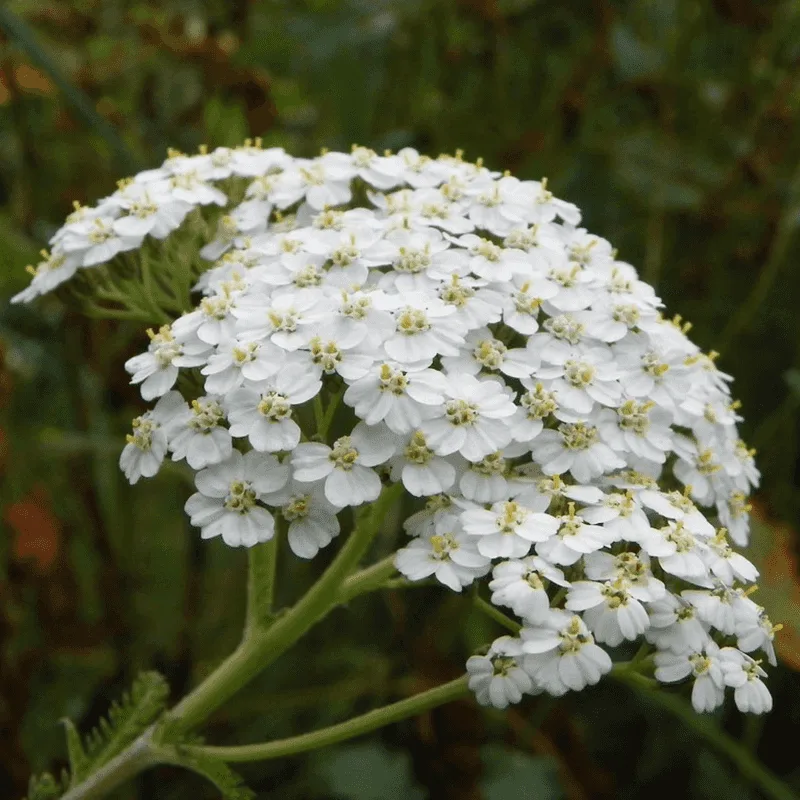
Yarrow, with its clusters of tiny white flowers, is a sturdy and enduring choice for native gardens. Its feathery foliage adds texture, making it an attractive companion for various plantings. Historically, it played a role in Native American medicine, prized for its ability to stop bleeding and promote healing.
New England Aster
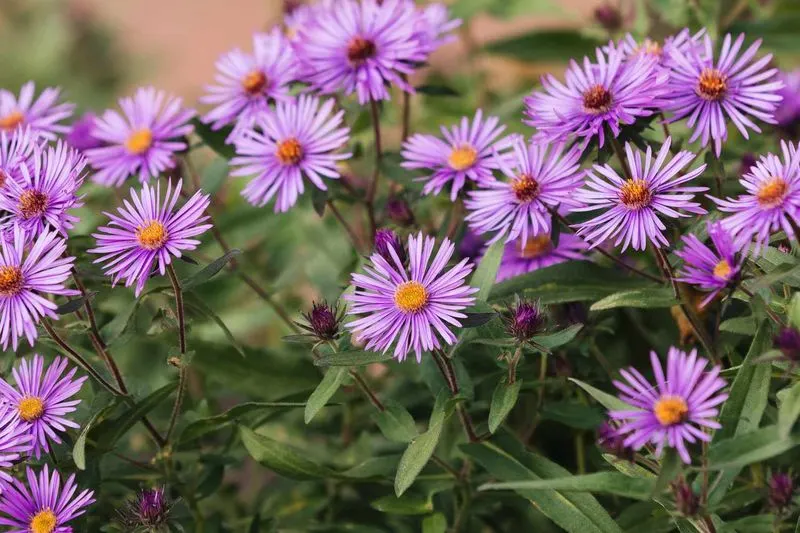
Vibrant violet blooms of the New England Aster herald the onset of fall, providing a feast for bees and butterflies. This perennial stands tall in gardens, contributing height and a splash of late-season color. Native Americans found this plant useful in traditional medicine, employing it in teas and salves for healing purposes.
Switchgrass
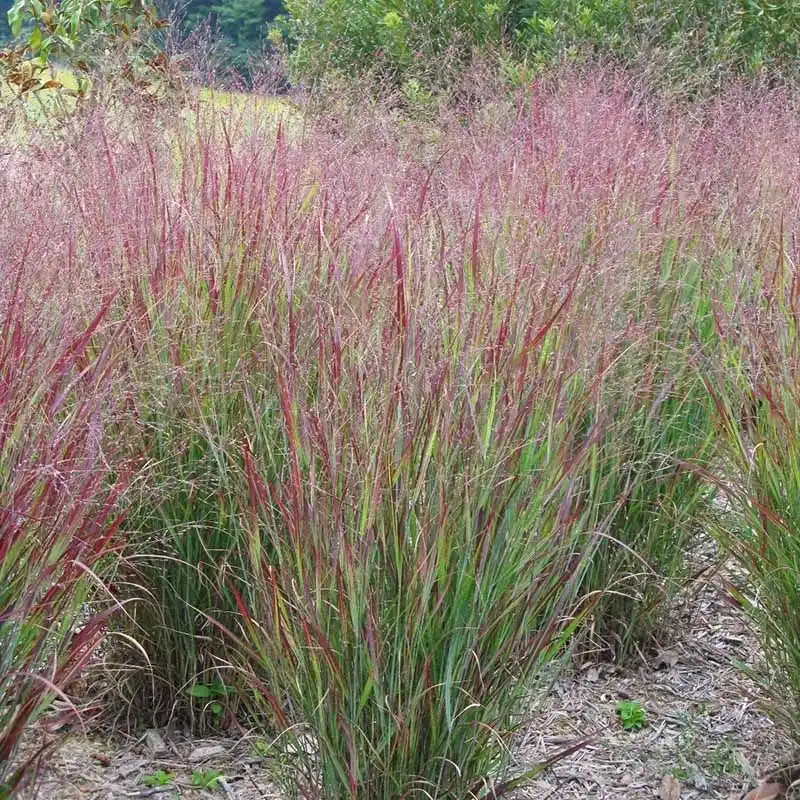
Switchgrass, a tall and graceful grass, adds movement and texture to landscapes. Known for its resilience, it withstands drought and poor soil, making it a sustainable choice. This grass was historically important to Native American agriculture, serving as forage for livestock and helping prevent soil erosion.
Prairie Dropseed
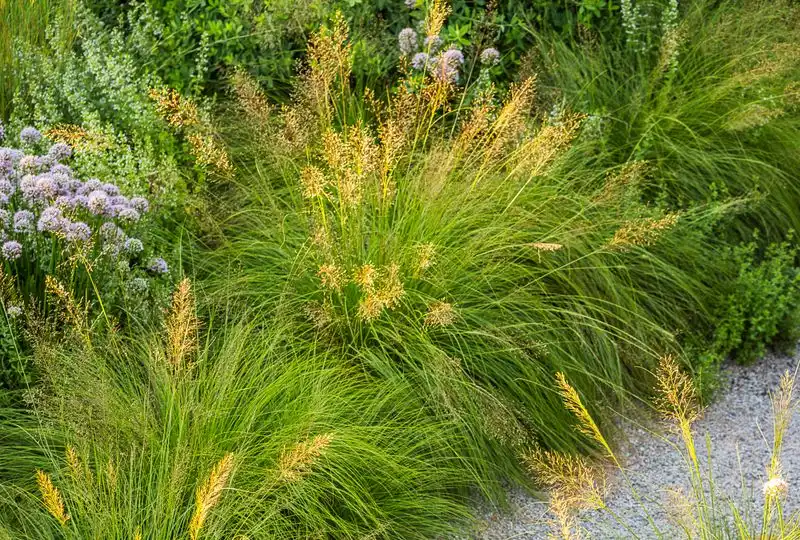
Prairie Dropseed, with its fine-textured grass blades, forms delicate mounds that add elegance to gardens. It’s prized for its ability to thrive in dry conditions, needing minimal care. Native Americans appreciated this plant for its seeds, which were ground into flour, showcasing its versatility both in the wild and in cultivation.
Spotted Joe-Pye Weed
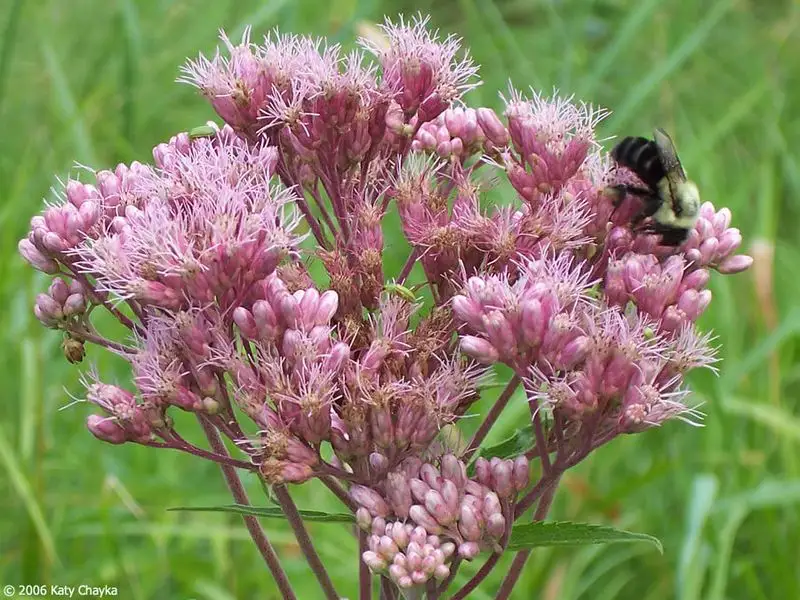
The Spotted Joe-Pye Weed stands out with its tall stalks and clusters of pale pink flowers. Known for attracting a variety of butterflies, it becomes a lively part of any garden. Native American tribes found its roots useful in treating kidney stones and other ailments, highlighting its medicinal value.
Blue False Indigo
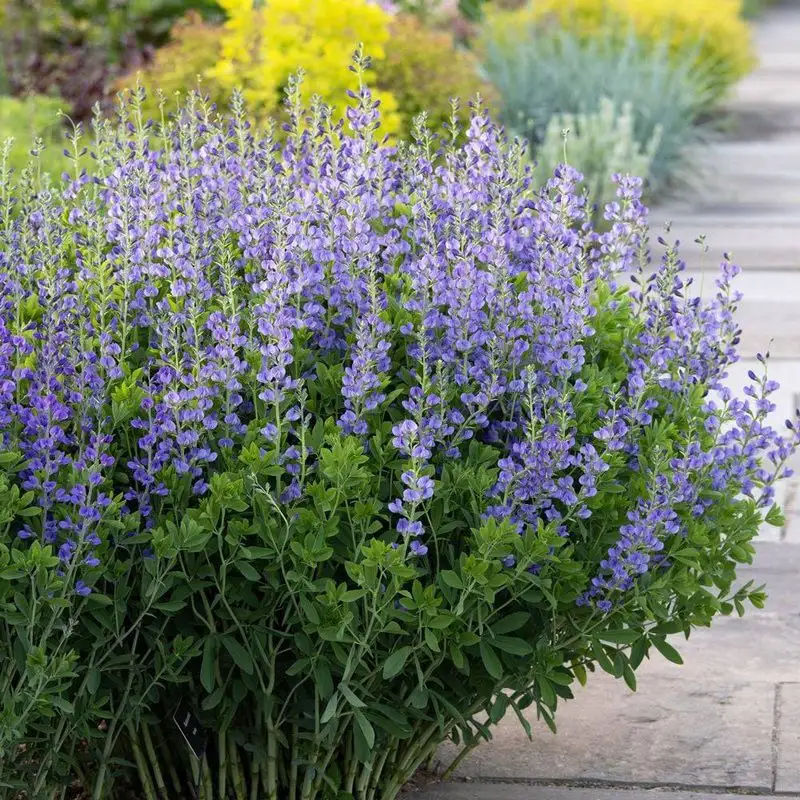
Blue False Indigo captivates with its rich indigo blooms and lush green foliage. This hardy perennial is not only a visual delight but also contributes to soil health by fixing nitrogen. Native tribes valued this plant as a dye source and for its medicinal qualities, integrating it into various cultural practices.
Butterfly Weed
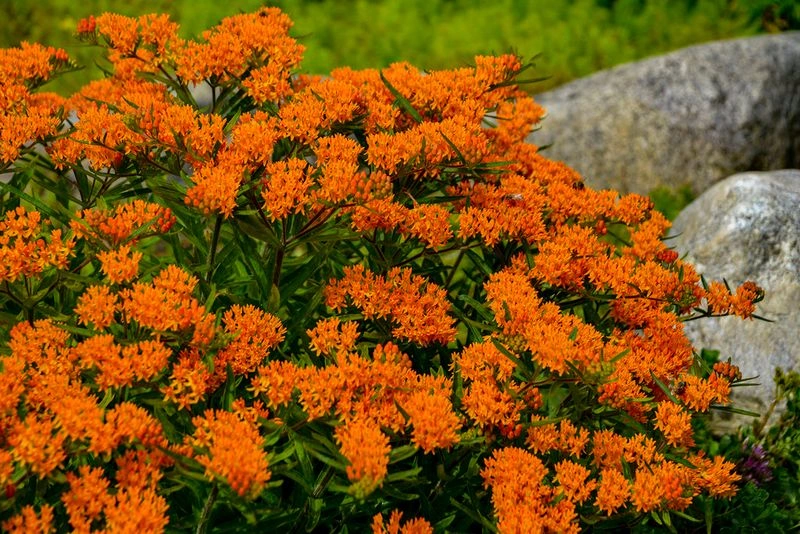
Butterfly Weed, with its striking orange flowers, is a magnet for Monarch butterflies. Its robust nature makes it a low-maintenance addition to any garden, thriving in sunny spots. Native Americans utilized this plant’s roots for respiratory issues, underscoring its historical significance beyond its ornamental appeal.
Western Redcedar
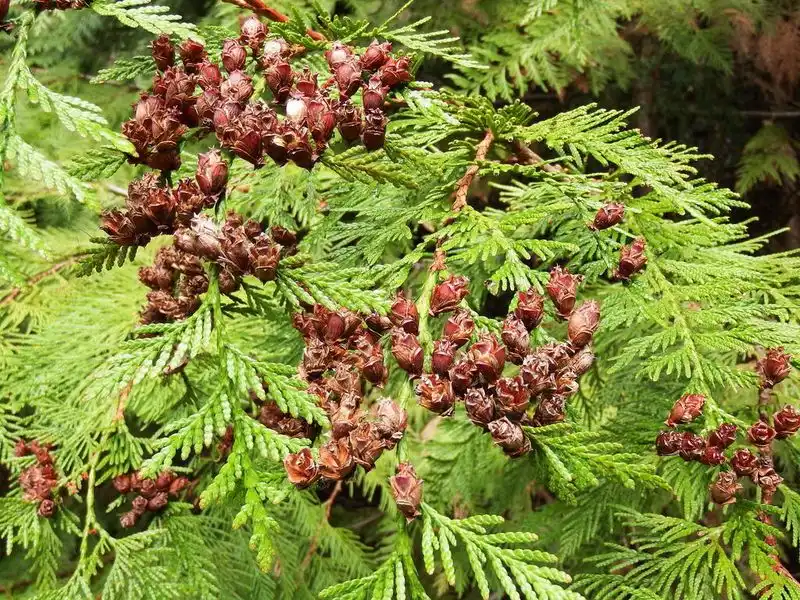
Western Redcedar offers towering grandeur and lush green foliage year-round. This tree’s aromatic wood was vital to Native tribes, used in crafting canoes, totem poles, and other tools. Its ability to thrive in varied conditions makes it a versatile choice for both urban and rural landscapes.
Indian Grass
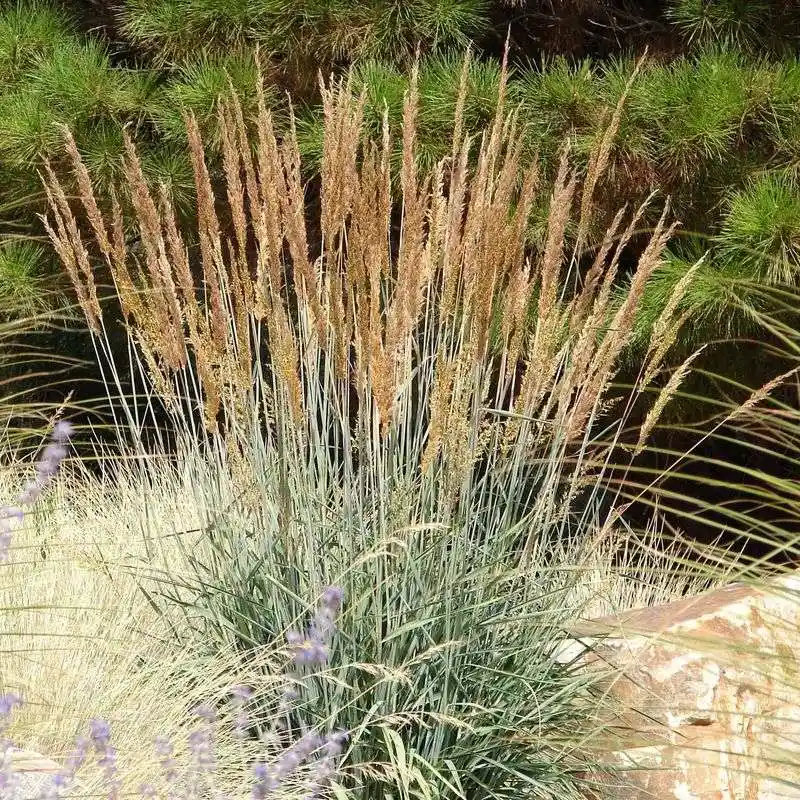
Indian Grass, with its golden plumes, dances gracefully in the wind, bringing vibrancy to any garden. Known for its hardiness, it thrives in a variety of soils and conditions. Historically, it played a crucial role in Native American agriculture as forage and in ceremonial practices, celebrating its cultural importance.
Serviceberry
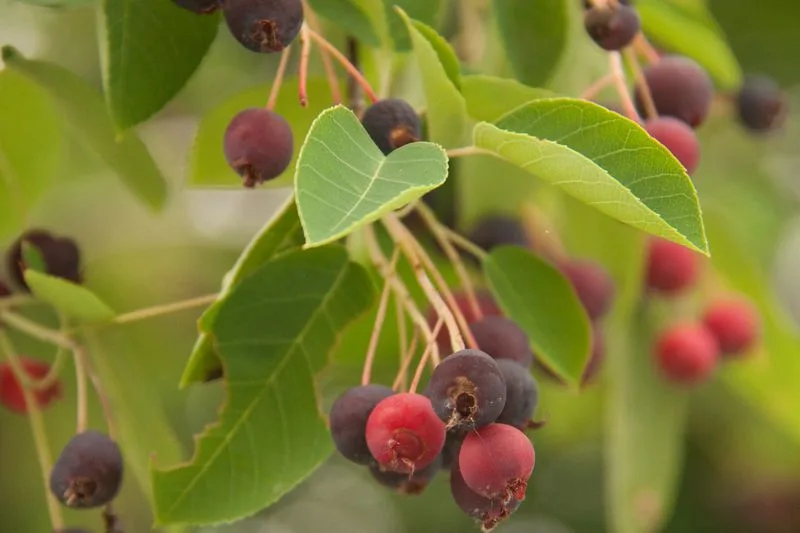
Serviceberry brings seasonal delight with its white spring flowers, summer berries, and striking fall foliage. This small tree or shrub attracts birds, offering both beauty and ecological benefits. Native American tribes valued its berries, which were a staple in their diet and used in traditional medicines.
Cardinal Flower
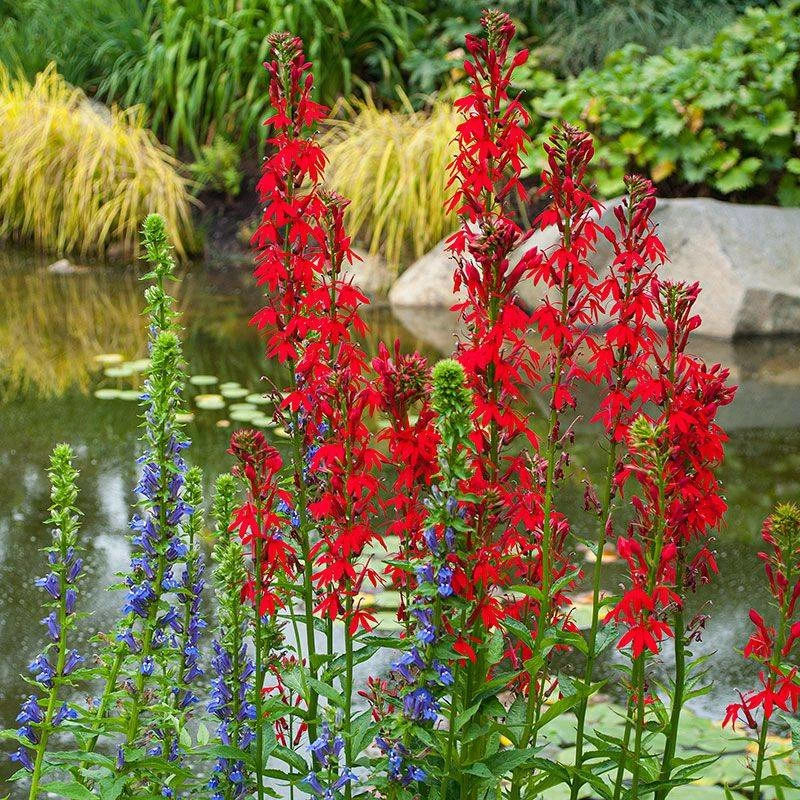
Cardinal Flower’s vivid red blooms light up gardens and attract hummingbirds with their nectar-rich flowers. This moisture-loving plant thrives near water features, adding vibrant color to shady or wet areas. Native American tribes employed it for its medicinal properties, further enriching its value in cultural heritage.

